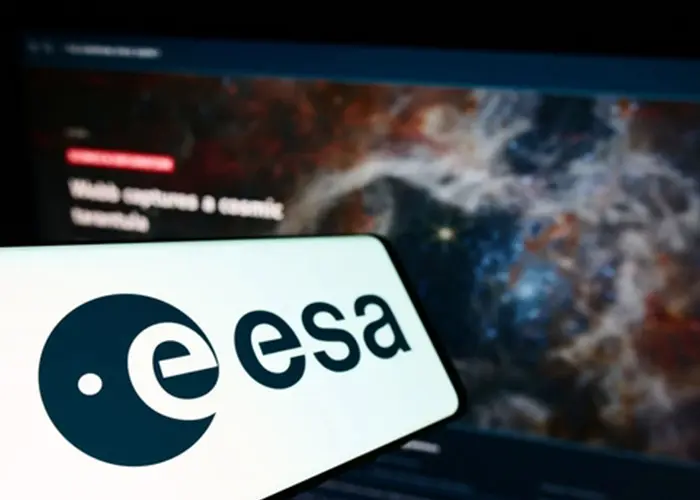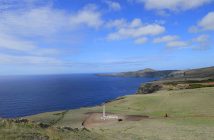
A severe space weather event caused by an outburst of solar activity could cost the global economy 2.4 trillion dollars over five years, according to a recent report by insurance marketplace Lloyd’s of London. Radiation, plasma and particles flung towards Earth can pose a real risk to the satellites and other critical infrastructure on which society relies, from navigation, communications and banking to power grids and radio communications.
ESA’s response to this growing threat is Vigil—a cornerstone mission of ESA’s Space Safety programme, launching in 2031.
Vigil will be ESA’s first 24/7 operational space weather mission from deep space. It will be the first to be permanently positioned at Lagrange 5, a unique vantage point that allows observers to see solar activity days before it reaches Earth. Why does that matter? Because more lead time means early warnings and more protection—for satellites, astronauts and the critical infrastructure we all depend on.
Vigil and the UK
Vigil is being built in the UK, with Airbus Defence and Space (UK) as the prime contractor in charge of the design, development, integration, test, launch campaign and in-space commissioning of platform and payloads.
Both of Vigil’s in-situ instruments (taking measurements at the L5 point itself) are from the UK:
- Plasma Analyser (UK), Mullard Space Science Lab: crucial for understanding and predicting the arrival of high-speed solar wind streams, which can cause space weather disturbances
- Magnetometer (UK/Austria), Imperial College London/IWF Graz: measures the magnetic field at Vigil’s L5 location, minimising the effect of the spacecraft’s own electromagnetic interference on its data sent to Earth
During the UK Space Conference 2025 top European experts on space weather and contributors to ESA’s Vigil mission will talk about the risks of space weather and how Vigil will provide early warnings to reduce potential disruptions.
Space and Defence News – MySecurity Media is Media Partner to the UK Space Conference 2025.





